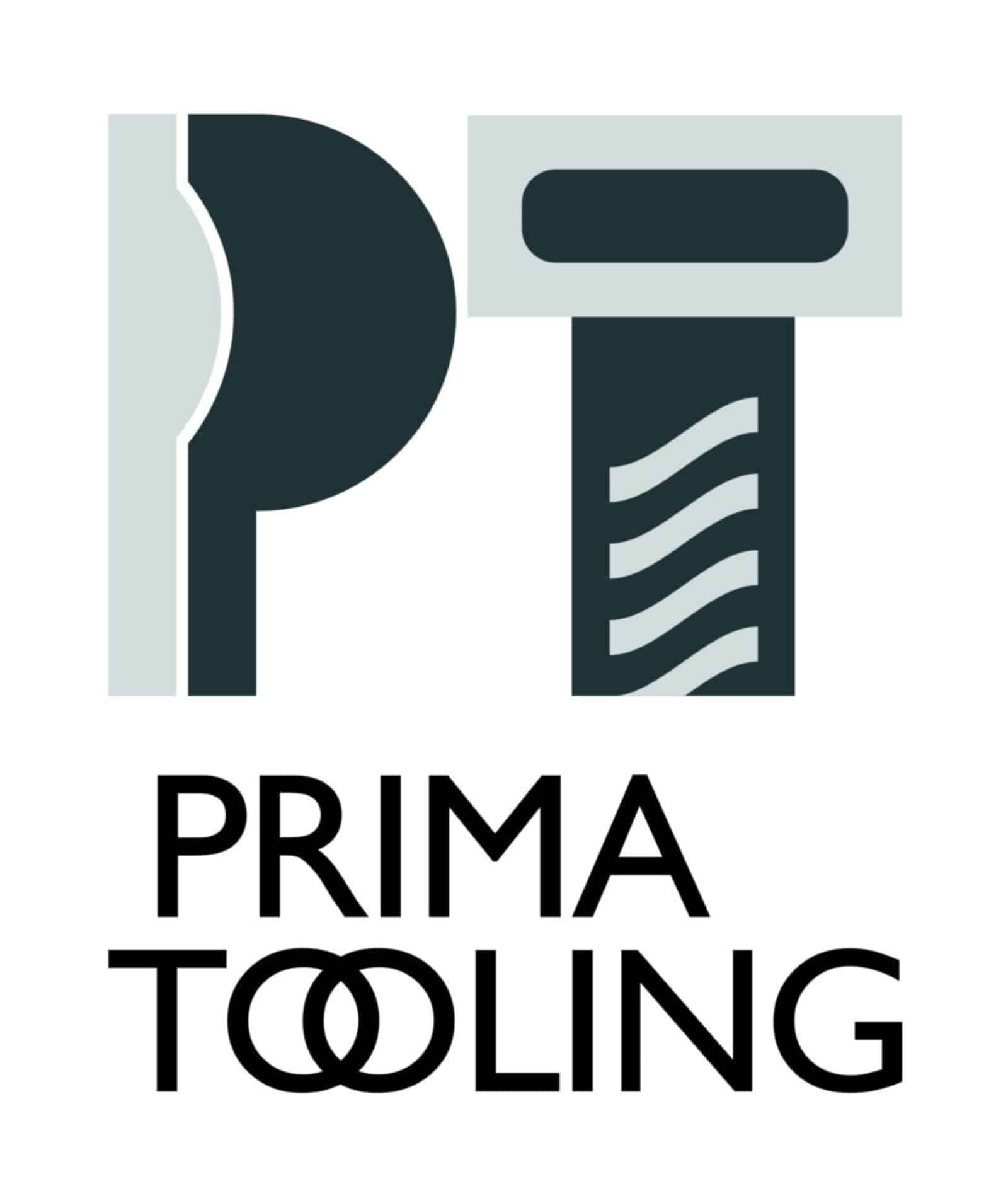Chipbreakers play an important role in manufacturing, particularly in precision cutting. These small yet mighty tools are designed to manage the chips generated during the machining process, ensuring smooth operations and high-quality finishes. Without effective chipbreakers, manufacturers might find themselves facing a range of problems that can disrupt the entire production line. Imagine cutting through a dense material and the chips aren’t breaking as they should. Rather than falling away, they can get lodged in the machinery, leading to downtime and potential damage. This challenge is common when chipbreakers are not up to the task.
Common frustrations arise from working with inadequate chipbreakers, affecting everything from tool longevity to the finish of the machined product. Whether dealing with vibrations, shortened tool life, or uneven surfaces, these issues can slow down processes and increase costs. Solutions exist to tackle these problems head-on. By exploring root causes and effective remedies, we can optimise machining operations and keep everything running smoothly.
Common Problems With Chipbreakers
Efficient chipbreaking is key to successful machining, yet several common issues can arise when chipbreakers don’t function as expected. Let’s take a closer look at what these problems are and how they impact the manufacturing process:
– Ineffectiveness in Breaking Chips: When chipbreakers fail to perform their primary duty of breaking chips into smaller, manageable pieces, the result is often tangled chips that can damage tools and disrupt machines. This leads to production slowdowns.
– Reduced Tool Life: Chipbreakers that don’t break chips efficiently cause extensive wear on cutting tools. Frequent tool changes are costly and time-consuming.
– Poor Surface Finish: A lack of effective chipbreaking can lead to scratches and uneven surfaces, compromising the quality of the final product.
– Vibration Issues: Improper chipbreaking leads to excessive vibrations during machining, affecting precision and causing a ripple effect of problems across the production.
To address these common problems, understanding the underlying causes and implementing targeted solutions can enhance both efficiency and product quality. Knowledge truly is power, and even small improvements can have a big impact on overall operations.
Ineffectiveness in Breaking Chips
There are several reasons a chipbreaker might fail to do its job well. It could be due to poor design or improper placement, where the chipbreaker doesn’t interact with the material as it should. A mismatch between the tool and material being machined can also cause issues. This ineffectiveness can halt machining operations, creating unwanted backlogs and potentially damaging equipment due to chip congestion.
To solve this, changing the chipbreaker design or adjusting its placement might be necessary. Matching the tool carefully to the material, considering factors like hardness and thickness, is crucial. Here are steps to improve performance:
– Reassess the design of your chipbreaker. Small tweaks can make a big difference.
– Ensure the tool is properly aligned with the workpiece. Misalignment can lead to poor chip control.
– Select a chipbreaker suited for the specific material and operation.
Reduced Tool Life
The lifespan of a tool can be greatly reduced if the chipbreaker is not performing as it should. This means more frequent replacements, increasing costs and downtime. When chipbreakers allow chips to build up, tools can wear down faster under the increased load, leading to unexpected replacements and higher expenses.
Extending tool life involves making practical changes. Start by inspecting the chipbreaker and its engagement with the material. Switching to a more suitable chipbreaker design for the operation or material type can ease the workload on the tool. Focus on regular maintenance to keep all parts in optimal condition, reducing the chances of unforeseen wear and tear.
Poor Surface Finish
Surface finish is directly affected by how well the chipbreaker manages debris. When it fails to break the chips properly, surfaces can end up scratched or uneven. It’s similar to a painter’s brush leaving strokes where the paint should be smooth.
To achieve a better surface, focus on selecting the right chipbreaker design that complements the material and operation. Different materials behave differently under pressure, so using the correct combination of tool and chipbreaker is key. Ensure tools are sharp and well-maintained—dull tools contribute to poor surface quality.
Vibration Issues
Vibrations during machining can compromise precision, making outcomes less predictable. Poor chipbreaking might cause these vibrations, as unbroken chips absorb and create energy that translates into movement. It’s like driving a car over a bumpy road and feeling every jolt.
To reduce vibrations, check the integrity and positioning of the chipbreaker. Sometimes, a minor adjustment or a switch to a better-suited chipbreaker can make all the difference. Secure the tool and material properly to minimise unnecessary movement. Using damping materials or techniques can also help absorb vibrations, ensuring smoother operations.
Gaining Control
Addressing chipbreaker issues can drastically improve machining efficiency and product quality. When tackled effectively, these solutions not only fix immediate problems but also set the groundwork for smoother, seamless future operations. Small changes—just as changing your shoes can change how comfortably you walk—can transform your process from frustrating to fluid. The insights outlined offer practical fixes, allowing you to approach chipbreaking with confidence and skill.
Enhance your machining process by resolving chipbreaker issues with the right engineering tooling solutions. With Prima Tooling’s expertise, you can ensure precise chip management, extending tool life and improving surface finishes. Trust Prima Tooling to provide innovative tools and strategies tailored to your needs, keeping your production line running smoothly and efficiently.
